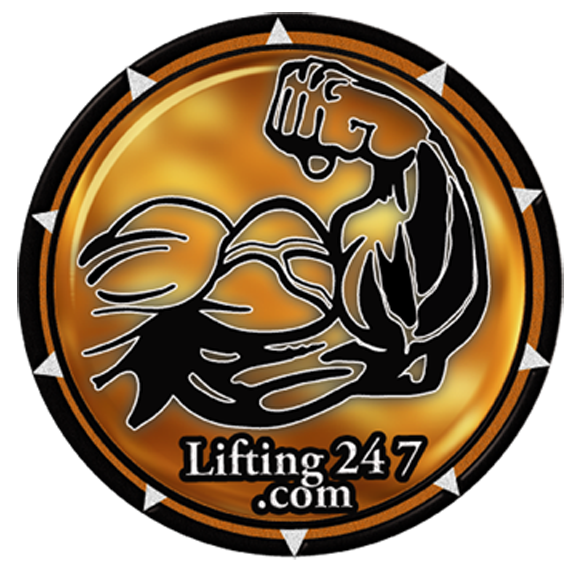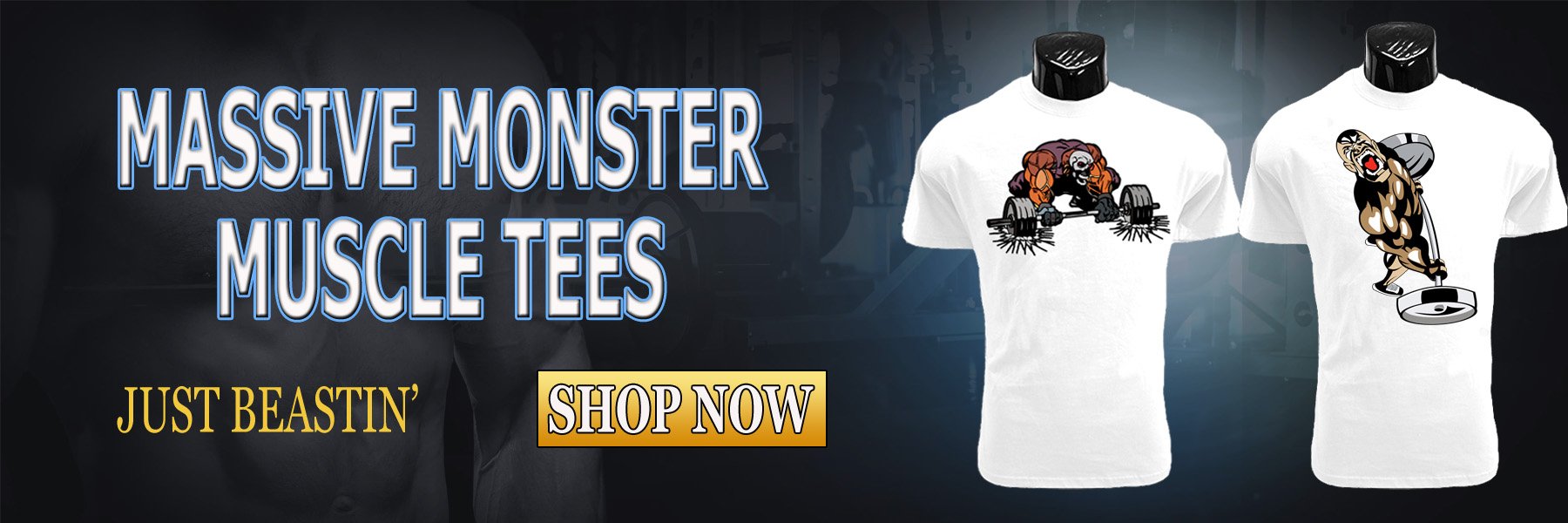Proper Deadlift Form
Perfecting Correct Deadlift Technique: The Foundation of Safe and Efficient Strength Training!
Unlocking the Potential of Deadlift Mastery: Safeguarding Strength and Total Body Activation!
The deadlift, revered as the pinnacle of compound exercises, epitomizes functional strength and complete bodily involvement. Yet, its potency and advantages are only realized through flawless execution. Impeccable deadlift form transcends mere weightlifting; it ensures the protection of your body, maximizes muscle engagement, and unlocks the benefits inherent in this foundational maneuver. Within this exhaustive manual, we explore the nuances of mastering deadlift form, covering everything from initial setup to seamless execution.
The Ascent: Lifting with Precision
As you begin the ascent of the deadlift, it's essential to focus on proper body mechanics to maximize muscle engagement and minimize strain.
· Push through the Heels: As you lift the barbell off the ground, concentrate on pushing through your heels. This action engages your posterior chain—the muscles at the back of your body, including the hamstrings, glutes, and lower back. It prevents excessive strain on your lower back and shifts the force to your powerful leg muscles
· Maintain a Neutral Spine: Throughout the lift, maintaining a neutral spine is crucial. This means keeping your back straight and not rounding it. Rounding your back can lead to spinal injury. Keep your chest up and your shoulders back. Imagine your spine as a straight line from your head to your tailbone
· Engage You’re Lats: Your lats, or latissimus dorsi muscles, play a significant role in the deadlift. To engage them, imagine pulling the barbell towards your body. This action keeps the barbell close to your legs as you lift, reducing the strain on your lower back and enhancing your mechanical advantage.
· The Descent: Lowering Safely The lowering phase of the deadlift is just as crucial as the lift itself. Proper technique during the descent ensures that you protect your muscles and joints.
· Hinge at the Hips: To begin the descent, hinge at your hips once again. Push your hips back as you lower the barbell. This movement prevents unnecessary strain on your lower back and maintains the neutral spine position.
· Bend Your Knees: As the barbell approaches knee level during the descent, bend your knees to lower it to the ground. This controlled movement ensures that you're engaging your leg muscles while protecting your back.
Common Mistakes to Avoid:
In the pursuit of mastering proper deadlift form, it's essential to be aware of common mistakes that can compromise your technique and safety.
· Rounding the Back: One of the most significant errors to avoid is rounding your back during the lift. This places excessive stress on your spine and increases the risk of injury. Focus on keeping your spine neutral and maintaining the natural arch in your lower back.
· Jerking Motion: Jerking the barbell off the ground can lead to muscle strains and improper form. Instead of using jerky movements, lift the barbell smoothly by engaging your leg and hip muscles.
· Overarching: At the top of the deadlift, avoid hyperextending your lower back. While it's important to fully extend your hips, excessive arching can strain your spine. Concentrate on standing tall with a neutral spine.
Benefits of Proper Deadlift Form:
Mastering proper deadlift form yields a multitude of benefits that extend beyond lifting heavy weights.
· Injury Prevention: The foremost advantage is injury prevention. When you lift with proper form, you reduce the risk of strains, sprains, and other injuries that can occur due to improper technique.
· Optimal Muscle Recruitment: Deadlifts, when performed correctly, engage a vast array of muscles. These include the glutes, hamstrings, quadriceps, lower back, upper back, and even the core muscles. Proper form ensures that each of these muscle groups is recruited effectively, maximizing the benefits of the exercise.
· Enhanced Functional Strength: Deadlifts mimic real-world activities that require lifting objects from the ground. By mastering proper form, you're not only enhancing your gym performance but also building functional strength that translates into daily tasks
Perfecting Your Form: Tips and Techniques:
Becoming a master of deadlift form requires both practice and attention to detail. Here are some key tips and techniques that can help you refine your deadlift form:Start with Light Weights: If you're new to deadlifting or focusing on improving your form, begin with lighter weights. This allows you to concentrate on your technique without the distraction of heavier loads. Gradually increase the weight as you become more comfortable and confident in your form.
Videotape Yourself: Recording your deadlifts from different angles using your smartphone or a camera can provide valuable insights into your form. Review these videos to identify any areas that need improvement, such as rounding of the back or improper hip hinge.
Warm Up Thoroughly: Engage in dynamic stretches and perform warm-up sets before attempting heavy deadlifts. Warming up your muscles and joints enhances your flexibility, primes your nervous system, and minimizes the risk of injury.
Breathe Mindfully: Breathing plays a critical role in executing a successful deadlift. Inhale deeply before lifting the barbell, and exhale during the exertion phase of the lift. This controlled breathing not only stabilizes your core but also supports your spine as you lift the weight.
Engage Your Core: Your core muscles provide stability and support throughout the deadlift. Contract your core muscles before initiating the lift and maintain this engagement throughout the movement. A strong core prevents excessive arching of the back and supports proper spinal alignment.
Practice Proper Hip Hinge: Mastering the hip hinge is fundamental to deadlift form. Practice hinging at the hips while keeping your back straight. This movement pattern ensures that the load is lifted by the powerful muscles of your posterior chain, minimizing strain on your lower back.
Focus on Eccentric Control: The lowering phase of the deadlift, known as the eccentric phase, is as important as the lift itself. Lower the weight under control, maintaining proper form. This phase engages your muscles and enhances your overall lifting technique.
Vary Your Foot Position: Experiment with different foot placements to find what feels most comfortable and effective for your body. Some individuals prefer a narrower stance, while others prefer a wider one. Find the stance that allows you to engage your muscles optimally.
Patience is Key: Mastering deadlift form takes time and patience. Don't rush the process. Instead, focus on incremental improvements with each session. Consistency and dedication will yield long-lasting results.
Seek Professional Guidance: If you're new to deadlifting or want to refine your technique, consider seeking guidance from a certified personal trainer or strength coach. They can provide personalized feedback and corrections to ensure your form is on point.
Conclusion: The Art of Masterful Deadlifting
Mastering proper deadlift form is a journey that requires patience, dedication, and unwavering attention to detail. The deadlift, often revered as a raw display of strength, becomes an art when executed with precision and care. As you progress in your deadlifting journey, you'll not only witness improvements in your physical strength but also cultivate a deeper connection with your body's mechanics.
The deadlift is more than just a physical exercise; it's a representation of controlled power—a controlled power that transforms you into a force to be reckoned with in the realm of fitness. By embracing and mastering the art of deadlift form, you're not only lifting weights; you're lifting your potential, your confidence, and your commitment to becoming the best version of yourself.
So, approach the barbell with reverence, prioritize form over ego, and unlock the extraordinary benefits that proper deadlift form can bring to your fitness journey.


